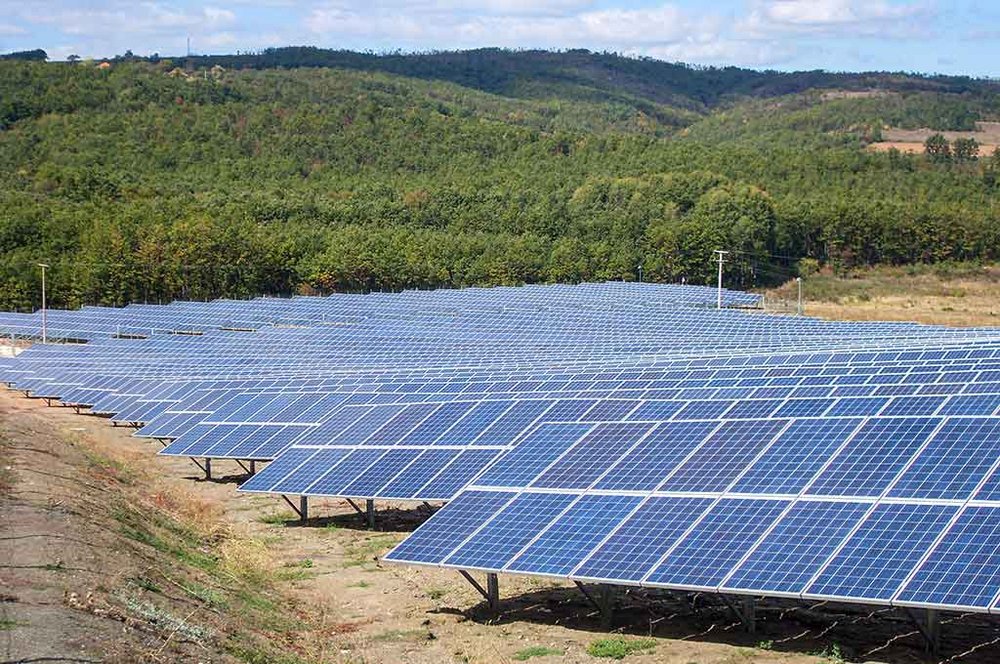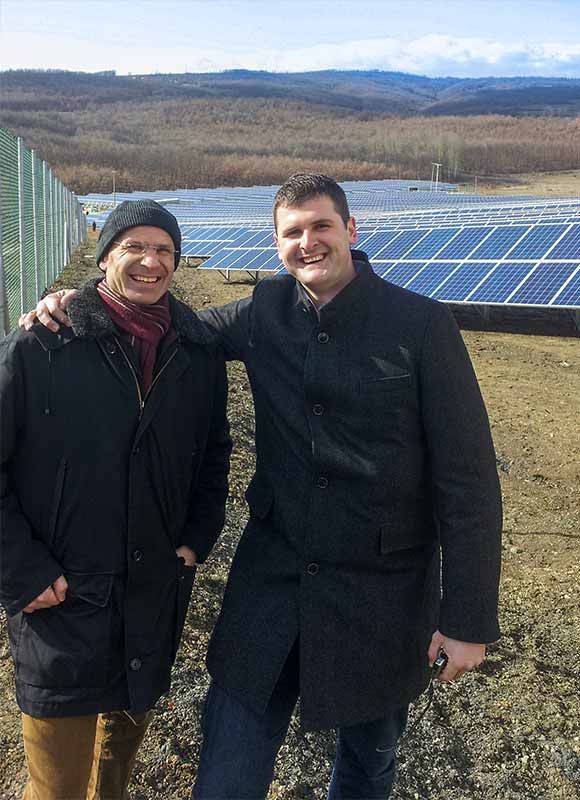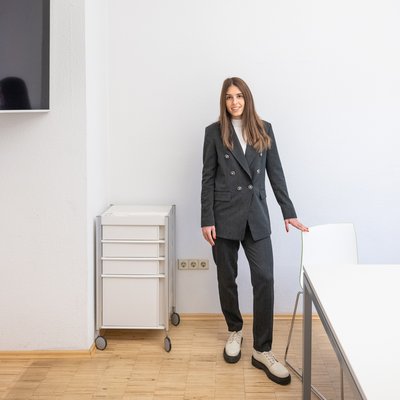So, where does Serbia stand today, 10 years after? Well, still approximately 60% of electricity is being produced in thermal power plants running on coal. Overall, in the past 10 years 10% of the generation capacity based on coal was replaced by renewable sources such as wind, small hydro, biogas and PV. But more work still needs to be done. As signatory of the Paris Agreement, Serbia has set its National Determined Contribution (NDC) to the United Nation Framework Convention on Climate Change (UNFCCC) with the commitment to reduce by 2030 its greenhouse gasses emissions (GHG) by 9.8% compared to 1990.
We at MACS had the opportunity to be at the forefront of that development wave by supporting both investors and financial institutions in building up the needed capacities and a profound understanding of renewable energy systems.
One of the landmark projects we supported was the 2 MW solar power plant Solar Matarova. Built close to the town of Kuršumlija, one of the poorest municipalities in the country, Solar Matarova still stands as the biggest PV project in Serbia, supporting also rural development.



